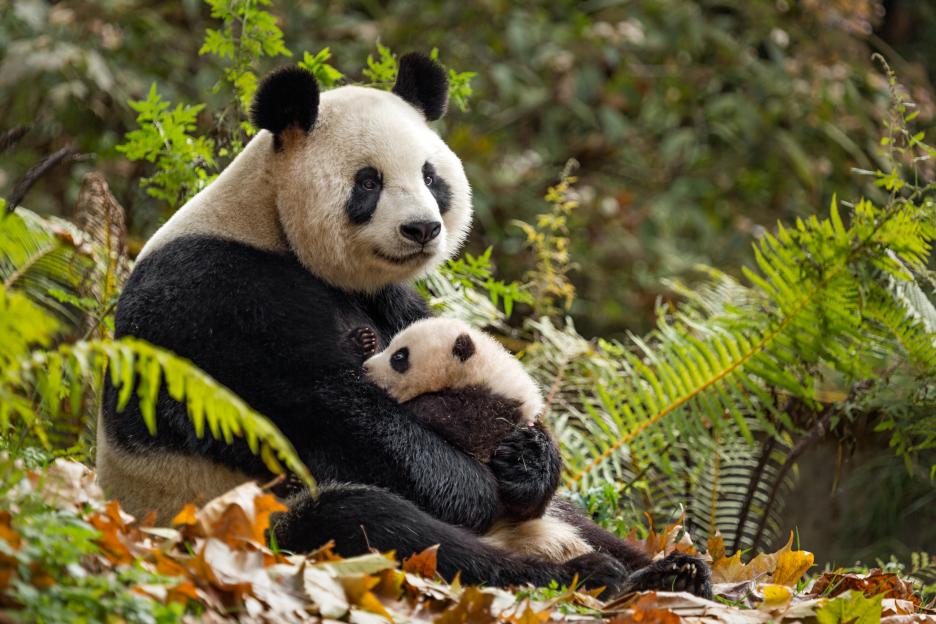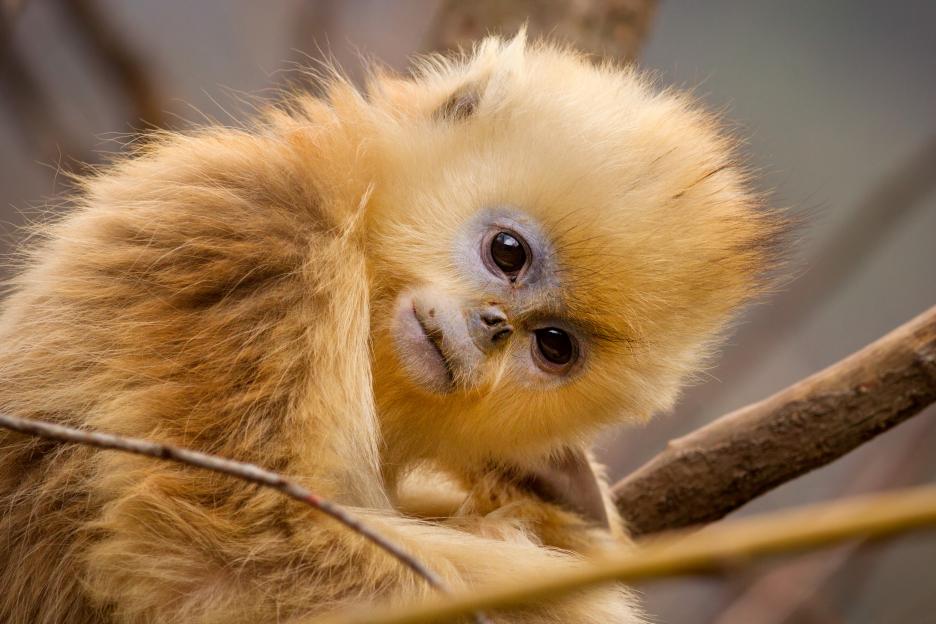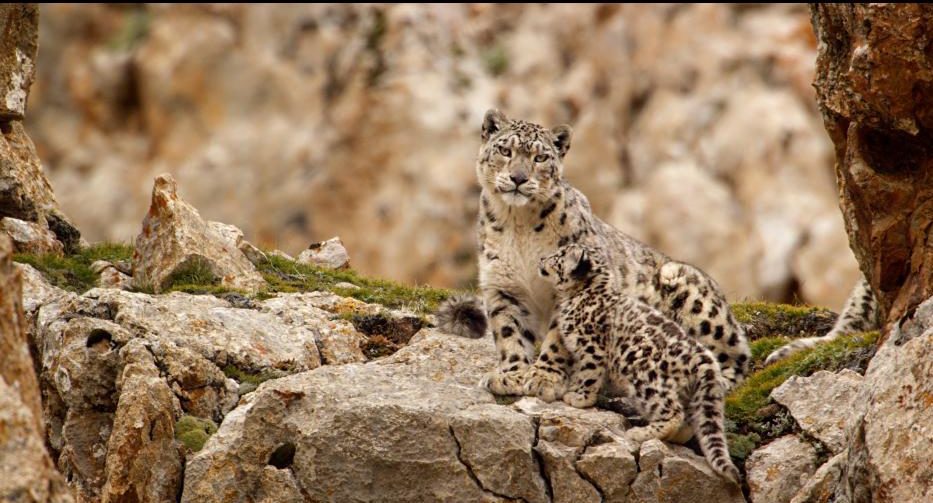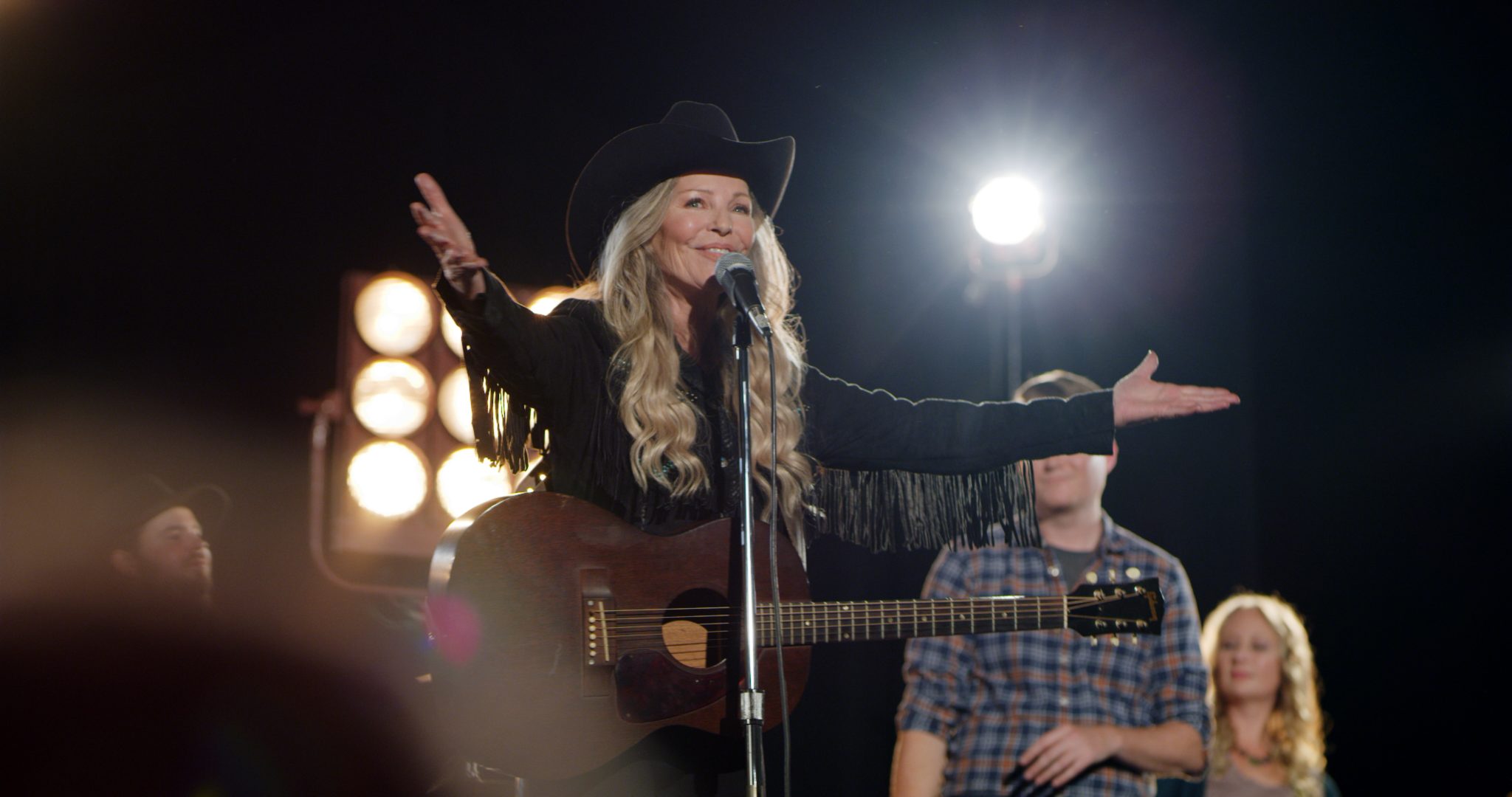Family is the central theme of Born in China, this year?s Earth Day offering from Disneynature. The last few years they have focused on a single kind of animal (Monkey Kingdom, Bears, African Cats) and shown their lives and environment. This year they take us to various places in China to meet a wide range of animals that are a part of that country. There are four main animals that we get to meet and learn about: giant pandas, golden snub-nosed monkeys, snow leopards, and chiru antelope. The film flows back and forth between these animals as season moves to season. And since these animals are all from different regions, we get to see parts of the Chinese landscape that are not on most tourist agendas.
The panda sections focus on Ya Ya and her baby Mei Mei. Obviously, panda mothers find panda babies as adorable and cuddly as the rest of the world. Ya Ya seems to cherish hugging and playing with her young daughter. All the while, Mei Mei is also trying to learn the skills (such as tree climbing) that will allow her to live independently. Is Ya Ya really an overprotective helicopter mom?
Tao Tao is a young monkey who has been displaced as the family?s baby by a younger sister. He heads off to join the ?Lost Boys? a group of adolescent monkeys who get into the kind of trouble we would expect. These sections of the film go a bit overboard in anthropomorphism. Tao Tao and all the familial issues seem a bit too human for groups of monkeys living in the wild.
The snow leopard sequences deal with Dawa and her two cubs. Mostly it is about the difficulties she faces in trying to provide for them. As season moves to season, and other animals compete for food, Dawa?s task becomes more and more desperate. [Spoiler: This section of the film does not have a happy ending. In a desperate attempt to get food for her cubs, Dawa suffers fatal injuries. Although the film doesn?t dwell on what happens, it is a reminder that survival for these animals can be very precarious.]
Among the chiru, none of the animals have a name. Perhaps this is because they live as a herd. Although mothers and offspring bond, the community is a way to provide safety. The parent/child aspect is diminished in favor of the larger group as the real family.
These stories are bookended by scenes of red-crowned cranes, birds that carry a mythic symbolism in Chinese culture. It is said that when something dies, the cranes carry its spirit to the next world and new life.
Each animal shown gives us a different insight into family. For Ya Ya and Mei Mei there is a sense of physical love between the mother and the baby. Tao Tao reminds us that family is a place of belonging?and of responsibilities. Dawa shows us the extreme action a parent can take for her children. The chiru show us the wide meaning of family and that it is not necessarily limited to biology. Families will be able to identify with some of these various insights. Just as the film anthropomorphizes some of the animals, viewers will do their own interpretation of the ways the animals in each family relate to each other and how it is the same as our own experience.
Photos courtesy of Walt Disney Studios






